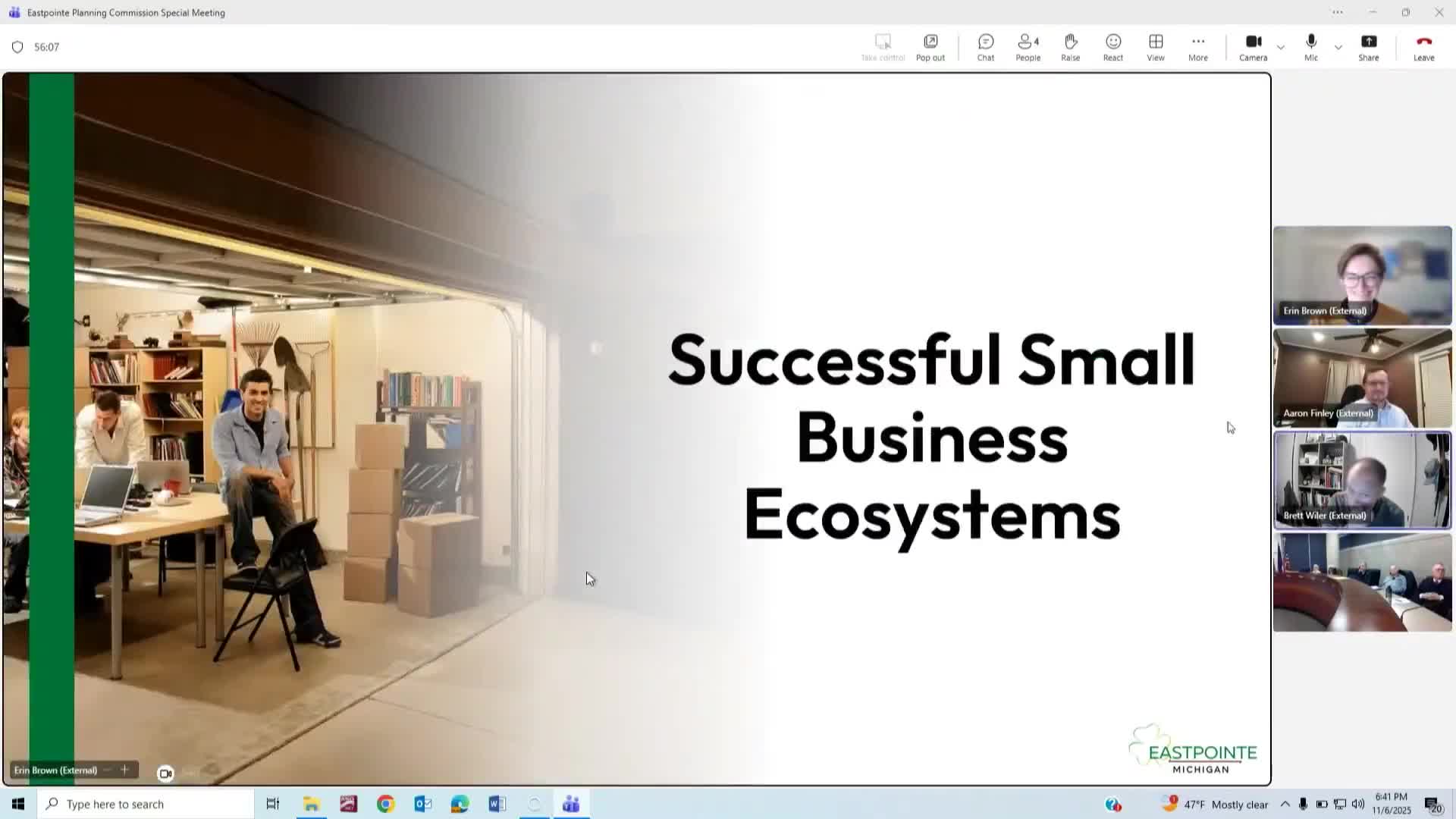Holy See at the UN urges sustainable development – The Catholic Register

Report on the Holy See’s Address to the UN High-Level Political Forum on Sustainable Development
Executive Summary
During the general debate of the UN Economic and Social Council’s High-Level Political Forum on July 22, Archbishop Gabriele Caccia, the Holy See’s permanent observer, delivered a statement emphasizing the critical link between the United Nations’ founding principles and the successful implementation of the Sustainable Development Goals (SDGs). The address underscored that achieving the 2030 Agenda requires a commitment to integral human development, prioritizing the dignity and well-being of all individuals, particularly the most vulnerable.
Foundational Principles as a Guide for the SDGs
Archbishop Caccia asserted that the UN’s core principles remain as vital today as they were at its inception. These principles form the essential framework for addressing global challenges and are intrinsically linked to the entire 2030 Agenda.
- Promoting Peace and International Cooperation: This directly supports SDG 16 (Peace, Justice and Strong Institutions) and SDG 17 (Partnerships for the Goals), which call for peaceful societies and global solidarity.
- Protecting Human Rights: This is a cross-cutting theme essential for all 17 SDGs, ensuring that development is equitable and just.
- Advancing Social and Economic Progress: This aligns with the overarching ambition of the SDGs to eradicate poverty and foster shared prosperity, as detailed in goals such as SDG 1 (No Poverty) and SDG 8 (Decent Work and Economic Growth).
Integral Human Development and the “Leave No One Behind” Principle
The Holy See’s statement argued that sustainable development must be understood as integral human development, a concept that transcends mere economic metrics to include the spiritual, social, and material well-being of every person. This approach places significant emphasis on the core SDG principle of “Leave No One Behind.”
- Prioritizing the Vulnerable: The call to pay special attention to children, the elderly, the poor, and those in vulnerable situations is a direct reflection of SDG 1 (No Poverty) and SDG 10 (Reduced Inequalities).
- Fostering Conditions for Flourishing: The objective is not just economic growth but creating environments where every individual can flourish. This holistic view connects to SDG 3 (Good Health and Well-being) and SDG 4 (Quality Education).
- Upholding Human Dignity: The statement anchored all development actions in the “God-given dignity of the human person,” a value that underpins the human-rights-based approach of the entire SDG framework.
Partnerships for Cultural Heritage and Sustainable Communities
The report noted the context of the United States’ planned withdrawal from UNESCO, an agency that partners with the Holy See on development and cultural projects. This context highlights the importance of international cooperation for specific development targets.
- Protecting Cultural Heritage: UNESCO’s work, such as its World Heritage Sites program, is a key mechanism for achieving SDG 11 (Sustainable Cities and Communities), specifically Target 11.4, which aims to “strengthen efforts to protect and safeguard the world’s cultural and natural heritage.”
- The Role of Partnerships: The situation underscores the importance of SDG 17 (Partnerships for the Goals), as multilateral cooperation is essential for preserving shared human heritage and achieving sustainable development outcomes.
1. Which SDGs are addressed or connected to the issues highlighted in the article?
The article discusses several themes that connect to the following Sustainable Development Goals (SDGs):
- SDG 1: No Poverty – The article mentions the need to pay “special attention to those most in need: … the poor.”
- SDG 10: Reduced Inequalities – This is addressed through the call to create conditions for everyone to flourish, focusing on “children, the elderly… and those in vulnerable situations.”
- SDG 11: Sustainable Cities and Communities – The article explicitly mentions the “UNESCO World Heritage Sites program, which recognizes significant historic and cultural landmarks for protection and preservation.”
- SDG 16: Peace, Justice and Strong Institutions – The text opens by referencing the UN’s founding principles of “promoting peace and international cooperation” and “protecting human rights.”
- SDG 17: Partnerships for the Goals – The entire context of the article, which is a statement at a UN forum involving the Vatican and mentioning the United States’ relationship with a UN agency (UNESCO), relates to global partnerships.
2. What specific targets under those SDGs can be identified based on the article’s content?
Based on the issues discussed, the following specific targets can be identified:
SDG 1: No Poverty
- Target 1.2: “By 2030, reduce at least by half the proportion of men, women and children of all ages living in poverty in all its dimensions according to national definitions.” The article’s call to prioritize “the poor” aligns with the overarching goal of poverty reduction central to this target.
SDG 10: Reduced Inequalities
- Target 10.2: “By 2030, empower and promote the social, economic and political inclusion of all, irrespective of age, sex, disability, race, ethnicity, origin, religion or economic or other status.” This target is reflected in the statement that development should create “conditions in which everyone can flourish, paying special attention to those most in need: children, the elderly, the poor and those in vulnerable situations.”
SDG 11: Sustainable Cities and Communities
- Target 11.4: “Strengthen efforts to protect and safeguard the world’s cultural and natural heritage.” This target is directly addressed through the mention of the “UNESCO World Heritage Sites program, which recognizes significant historic and cultural landmarks for protection and preservation,” citing Vatican City and Notre Dame Cathedral as examples.
SDG 16: Peace, Justice and Strong Institutions
- Target 16.a: “Strengthen relevant national institutions, including through international cooperation, for building capacity at all levels…” The article’s emphasis on the UN’s founding principles of “promoting peace and international cooperation” and the role of the UN as a forum for such discussions connects to the strengthening of global institutions for peace and justice.
SDG 17: Partnerships for the Goals
- Target 17.16: “Enhance the Global Partnership for Sustainable Development, complemented by multi-stakeholder partnerships…” The article itself is an example of this, describing the Holy See’s participation in a UN forum. The mention of the partnership between the Holy See and UNESCO, and the US withdrawal from the agency, further highlights the dynamics of global partnerships.
3. Are there any indicators mentioned or implied in the article that can be used to measure progress towards the identified targets?
The article is a high-level statement and does not focus on quantitative data, but it does imply ways to measure progress for some targets:
SDG 11, Target 11.4
- Implied Indicator: The article implies progress can be measured by the existence and activities of programs designed to protect cultural heritage. The mention of the “UNESCO World Heritage Sites program” and the listing of specific sites like “Vatican City and Notre Dame Cathedral” serve as qualitative indicators of efforts to protect and preserve cultural heritage, which relates to Indicator 11.4.1 (Total expenditure… spent on the preservation, protection and conservation of all cultural and natural heritage). While not mentioning expenditure, it points to the subjects of that indicator.
SDG 17, Target 17.16
- Implied Indicator: The state of international cooperation is implied as an indicator. The article mentions the Holy See’s partnership with UNESCO and the “Trump administration said the United States would withdraw from UNESCO.” These actions—forming or dissolving partnerships within international bodies—can be seen as qualitative indicators of the health and status of the Global Partnership for Sustainable Development.
For SDGs 1, 10, and 16, the article speaks to the principles and moral imperatives behind the goals rather than mentioning or implying specific, measurable indicators. It calls for a focus on “the poor” and “vulnerable situations” but does not provide metrics to track this focus.
4. Table of SDGs, Targets, and Indicators
| SDGs | Targets | Indicators |
|---|---|---|
| SDG 1: No Poverty | 1.2: Reduce poverty in all its dimensions. | No specific indicator mentioned. The article makes a general call to prioritize “the poor.” |
| SDG 10: Reduced Inequalities | 10.2: Promote social, economic, and political inclusion of all. | No specific indicator mentioned. The article calls for focusing on “children, the elderly… and those in vulnerable situations.” |
| SDG 11: Sustainable Cities and Communities | 11.4: Strengthen efforts to protect and safeguard the world’s cultural and natural heritage. | Implied: The existence and recognition of sites under the “UNESCO World Heritage Sites program” is used as a qualitative measure of protection efforts. |
| SDG 16: Peace, Justice and Strong Institutions | 16.a: Strengthen relevant national institutions through international cooperation. | No specific indicator mentioned. The article refers to the UN’s founding principles of “promoting peace and international cooperation.” |
| SDG 17: Partnerships for the Goals | 17.16: Enhance the Global Partnership for Sustainable Development. | Implied: The state of international cooperation, such as the Holy See’s participation in UN forums and the US withdrawal from UNESCO, serves as a qualitative indicator of partnership dynamics. |
Source: catholicregister.org

What is Your Reaction?
 Like
0
Like
0
 Dislike
0
Dislike
0
 Love
0
Love
0
 Funny
0
Funny
0
 Angry
0
Angry
0
 Sad
0
Sad
0
 Wow
0
Wow
0












































































